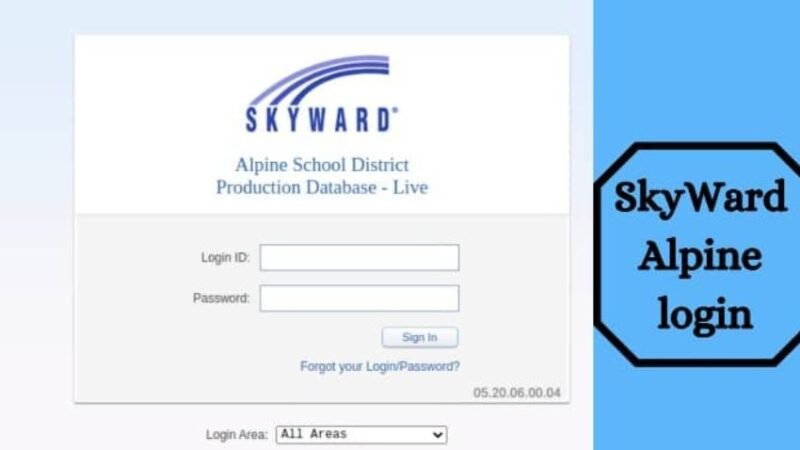Online learning has become more mainstream in recent years, but it really came to the fore in 2020. As colleges and schools were forced to close due to the outbreak of COVID-19, millions of students switched from a classroom-based education to remote learning.
Despite the swift transition, students thrived in new virtual learning environments and teachers, professors and instructors were able to continue delivering top-quality education. Educational technology, or EdTech, is continuing to advance, which means we’ll see even more online opportunities being made available in the future. To get a glimpse of how the industry is developing, take a look at these five ways EdTech is transforming the online learning experience:
1. Personalized Learning
Educational professionals have always faced the challenge of teaching multiple individuals at once. We all learn in different ways and at different rates, but the educational system has traditionally struggled to reflect this. When educators are attempting to teach 30 high school students or 100 college students the same content, in the same way, in a limited timeframe, there is little room to incorporate individual learning methodologies into the mix.
However, EdTech is making personalized learning a reality. Using artificial intelligence (AI) to predict the level of support or guidance individual students will need with specific topics, teachers can manage their time more effectively and ensure students have access to the guidance they need. Furthermore, enabling students to work at their own pace or choose their own tasks ensures individuals can select the learning methods that are most effective for them.
2. Accelerated Learning
Until relatively recently, academic programs have generally had firm start and end dates. School years run from September to June and most college degrees span a four-year time period, for example. This meant that students were forced to learn at this pace, regardless of their individual ability or personal aspirations.
For adult learners, in particular, these limited timeframes presented a major barrier to further study. When a career change meant taking a four-year sabbatical to obtain additional qualifications, few people could afford to further their career in this way.
With EdTech, however, it’s becoming easier than ever for adult learners to complete formal professional training. Virginia accelerated nursing programs enable students to obtain an ABSN in as little as a year, for example. Similarly, online MBA courses give students the opportunity to complete their studies more quickly than average and fast-track their careers.
3. Increased Communication
When students learn in a classroom environment, they have face-to-face communication with their instructor. However, this is often limited to the lessons themselves. When teachers have hundreds of students to manage, they simply don’t have the time to have regular face-to-face meetings with students or their families.
Technology has radically changed the way we communicate, so it’s not surprising it’s helping to facilitate increased communication within the educational sector. Students can now liaise with their instructors in a number of ways, from video calls to instant messaging.
Similarly, students can communicate with each other in these ways too, which makes completing group assignments far easier than it used to be. With no geographical limitations to consider, the ability to communicate with students from all over the world is breaking down the barriers that were once in place.
4. Access to Resources
Students need access to suitable resources in order to fully embrace their education and reach their potential. Prior to the internet, however, students were reliant on the often-limited resources available at their school, college or local libraries. Even when an extensive range of resources was available, students would need to be on campus or at a specific location to access them. Of course, practical constraints meant this wasn’t always possible, which resulted in some students being denied the opportunity to engage with critical resources.
Now that resources are available in just a couple of clicks, it’s levelled the playing field in terms of what students are able to achieve. From eBooks to virtual lectures, students are no longer limited by their location or their ability to access local amenities. Instead, learners can access any number of resources using custom learning platforms, online libraries and even virtual museums.
5. Lower Costs
The rise of online learning means millions of students are already accessing a top-quality education at a reduced cost. For too long, a significant number of people have been unable to pursue their academic goals or career aspirations because they didn’t have the financial resources to fund further education.
With tuition fees at U.S. colleges ranging from $5,000 – $50,000 per year, it’s not unusual for students to graduate with debts of more than $200,000. Of course, this doesn’t include any additional costs they may incur during their time at college, such as accommodation and travel expenses.
Fortunately, EdTech and virtual learning is making it possible for students to obtain a higher education without the hefty price tag. Educational institutions are under pressure to reduce the cost of online courses, particularly in comparison to campus-based programs. In fact, studying online at many colleges is already significant cheaper than attending face-to-face lectures.
Furthermore, the ability to study remotely, from any location, means students don’t have to incur the costs associated with moving out of state or relocating in-state in order to attend school or college. As a result, the cost of education in the U.S. could be drastically reduced as EdTech continues to evolve.
What Does the Future of Education Look Like?
There’s no doubt that technology will have a starring role in the future of education. As so many sectors experience fast-paced evolution due to technological advancements, the educational industry will be no different in this respect.
From facial recognition to keep campuses secure to AI-inspired personalized learning, there are numerous ways that tech will change how we learn, what we learn and where we learn. Perhaps most exciting is the fact that we won’t have to wait long for these changes to take place. EdTech is already having a major impact in schools and colleges across the country and its influence will only increase as time goes on.


Recent Comments